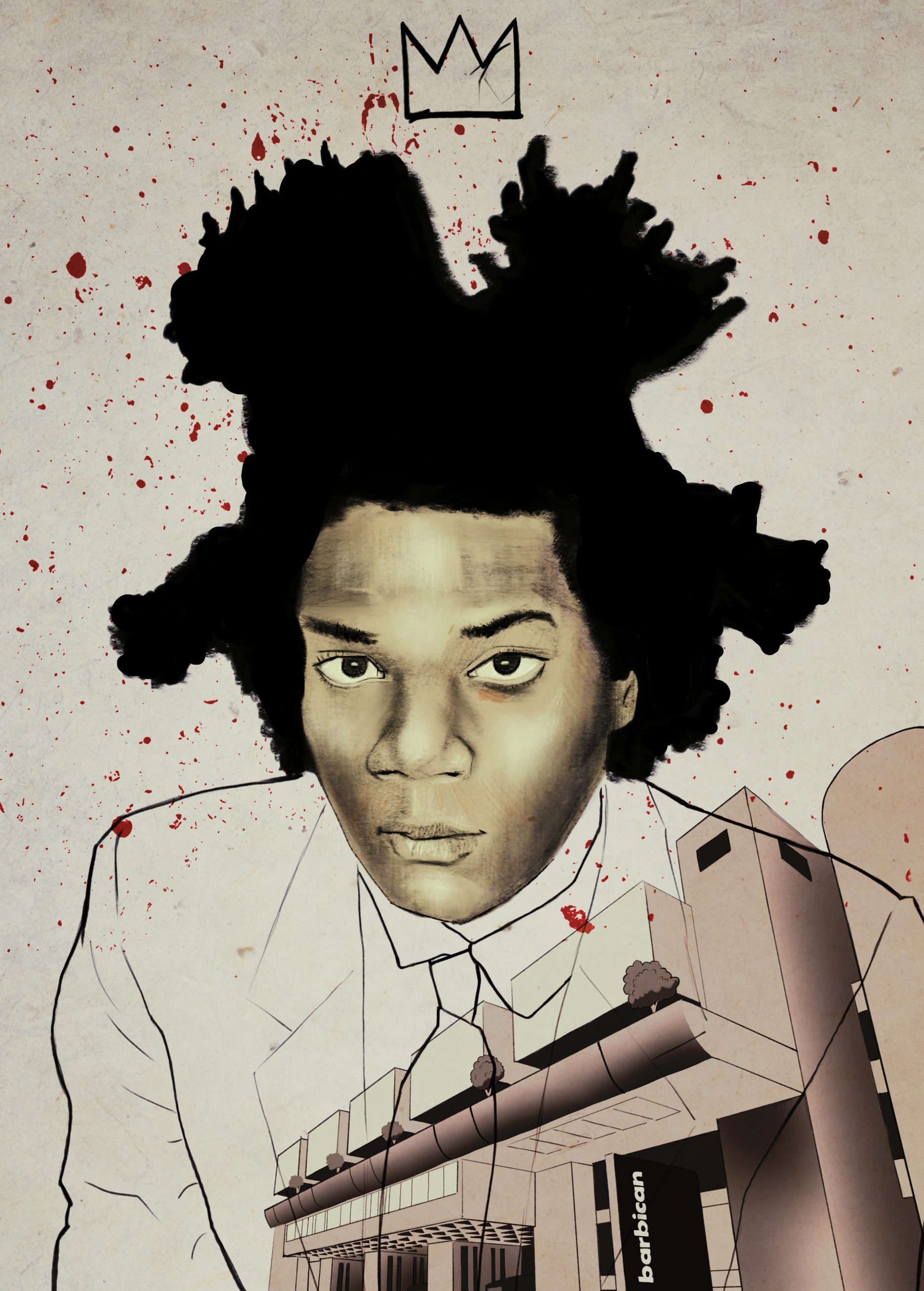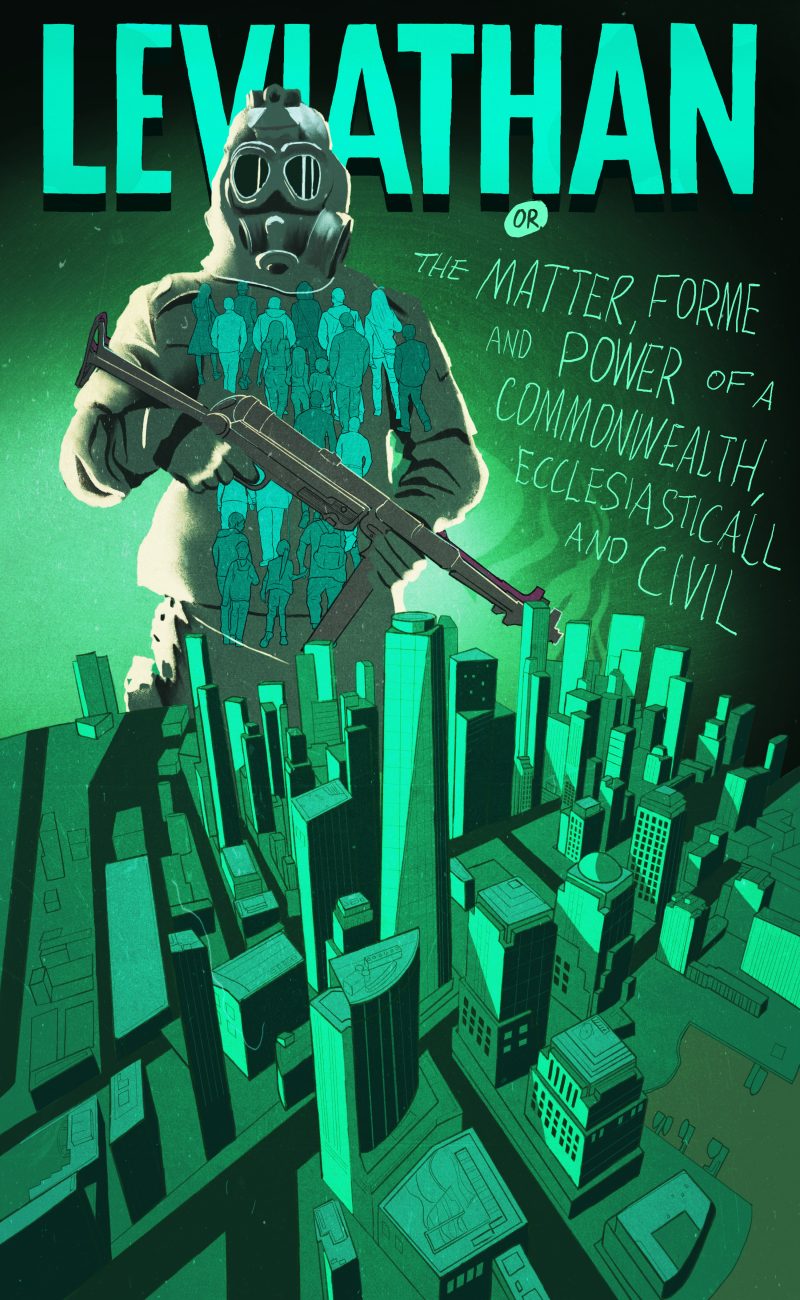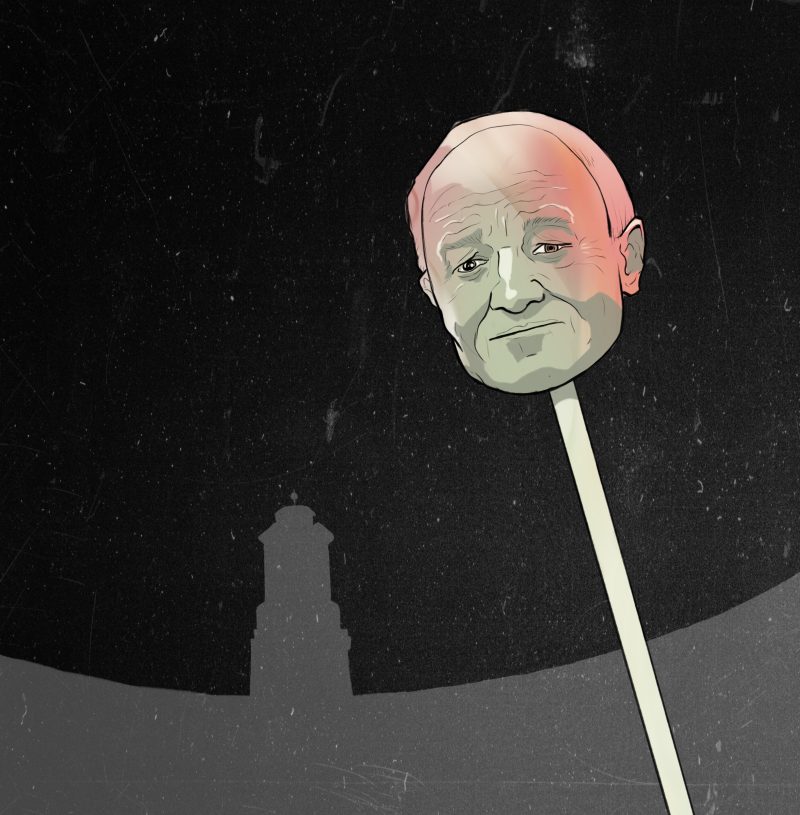“You’ve got to realize that influence is not influence. It’s simply someone’s idea going through my new mind.”
—Jean-Michel Basquiat
I visited Jean-Michel Basquiat at the Barbican a few weeks ago. There was a lot to digest, it took a while to pass through me… to form part of my very own ‘new mind’.
The exhibition applied the tried and tested formula of detailed reference to locations, timescales and influencers and, as you’d expect, did it well.
If you were searching out the value that Basquiat has for ‘culture’ or ‘black culture’ or ‘minority values’… the Barbican delivered. But if you were looking for the vitality of an outsider voice… something was missing.
Basquiat’s work was rooted in ‘the street’. They weren’t my streets, they weren’t my people, but streets are most always on the outside of things which means they’re open, either directly or circuitously there’s a way in. And as his work matured those streets extended themselves, became more labyrinthine, more lost, but more found, and more available to those with a mind to explore.
But here in the sanitised Barbican that street was closed off.
You could make out the path. There were plenty of ‘blood stains’ but little evidence of the actual thread, the connecting umbilical. The blood was long dry.
That’s pretty standard.
An art show will always own the work it shows by placing it ‘under erasure’ forcing it to disappear into the numinous art world. Collected, Recollected. Marketed. Entombed for future scholarly reference. Many artists are complicit in this, after all they have families to feed too, but I’m pretty sure Basquiat never intended his legacy (if he ever thought in those terms) to be so in thrall to the glory of markets and culture historians.
‘Unavoidable’ you say…
Maybe not.
Making the cut
Basquiat was the ‘appropriator’ par excellence. A genius magpie pulling in his points of reference from the TV in the corner to the Greek goddesses that appeared in drug-fuelled reveries.
He is now fully entombed within the reference book he once raided, a mis en abyme of circularity that will someday iron you and me into its edges, flattened memories of post-digital vibrancy.
In the meantime we have a role to play…
’Book’ in hand, we can either perform the standard autopsy by poring over his work for its art historical legacy, its ‘importance’, or we can engage, make the cut, remove him from the flattened dead space. Allow the art to live, on the outside.
To do that we need to rewire our own connection and Basquiat makes it easy for us.
Whereas his hero Cy Twombly indulges us with the aestheticized mark of ‘establishment graffiti’, Basquiat’s scratches and scribbles, his magpie nature, already begin to break the art world out of itself. His reference points read like a pile up of ‘information’ on an abandoned Superhighway, a mind exploding with so much ‘outside’ that it can hardly contain itself. Signifiers reach vainly for a signified. Conversations begin, tail off into a void of meaning(less)ful noise. Portentous and pretentious, art mocks itself…
Banksy knows this.

His graffiti outside the Barbican, as unofficial ‘collaboration’ with the dead man fully leaks Basquiat out the gallery, frees him to roam ghostlike among the rest of us. The canonisation of Basquiat fails, a conversation opens, and the street has its momentary victory.
We create meaning.
Are we in that space today..?
‘Magpie culture’ is alive and thriving online and its sign is frequently the misfiring but sometimes powerful meme. It’s disrespectful, honest, dishonest and oftentimes cheap. Its transgressive nature can render it unmarketable. As online version of graffiti tagging, meme culture has grown in status by virtue of its non-status. This is not art in any meaningful sense, more akin to anti-art, anti-meaning even, and it often lends itself to a nihilism that points us to the end of culture…
Somewhere in that crack is a vision of what’s lost and what still may be found. It’s an illusion, of course, but the kind of illusion that might keep the dark at bay.
Perhaps there’s little more you, me or the dead can hope for…




